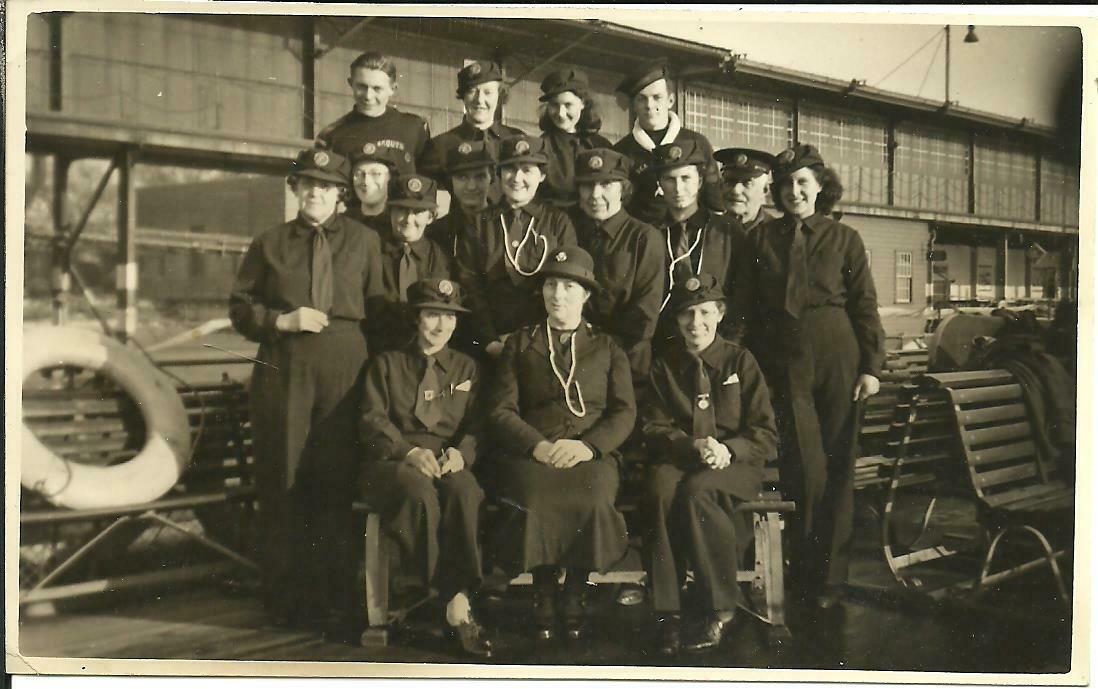|
Following the Munich Crisis in September 1938, the British Government implemented a number security measures to defend the nation. Amongst them was the defence and protection of essential port services in London and elsewhere should war be declared. It was foreseen that the River Thames, with its warehouses, docks and wharves, would be a prime target of the Luftwaffe. The River Emergency Services (RES) was founded in late 1938 as a River Thames-based civil defence unit under the control of the Port of London Authority (PLA). Its duties included casualty rescue and evacuation, running floating ambulances and coordinating communications. A somewhat similar service, the Clyde River Patrol, ran in Scotland. The formation of the River Emergency Services included the requisitioning of boats (pleasure steamers were converted into ambulance boats and floating first aid stations), the purchasing of equipment and allocation of manpower. Following the declaration of war against Germany on 3 September, 1939 all UK ports were put under the control of a Port Emergency Committee (PEC), responsible to the Ministry of Transport (this was part of the larger Emergency Powers (Defence) Act passed on August 24, 1939). Sir John Douglas Ritchie headed the Port of London committee; he had succeeded David Owen as general manager of the Port London Authority (PLA) in 1938. By the outbreak of war, the RES had 14 fully equipped ambulance ships and 135 smaller vessels available. As part of the National Service initiatives, Girl Guides, Sea Scouts and Sea Rangers could join the River Emergency Services. Ambulance ships were manned by a registered nurse (Sister), Red Cross nurses, first aid-trained RES volunteers, a doctor and boat’s captain plus stretcher bearers and two signallers (often Scouts) and sailors manning the boat. The first attack by German planes on the lower Thames Estuary occurred in November 1939. However, with no enemy action against London’s port facilities or the city during the Phoney War a number of the volunteers in the RES left for other services. At its height the RES was made up of 1,500 personnel operating 170 small craft and 14 river ambulances. In June 1940, the Admiralty took control of all RES craft except the river ambulances. The first significant attack on London came on 7 September, 1940. Some 375 enemy aircraft attacked the city and its docks, wharves and warehouses along the Thames. This was followed by 57 days of consecutive raids. By the summer 1941 the River Emergency Service was operating eight fully-manned ambulance ships. The RES continued to operate until it was stood down in May 1945 and personnel with the requisite time served could apply for the Defence Medal. Uniform & Insignia River Emergency Service uniform for men was of naval pattern with peaked caps. The caps featured the RN-pattern crown and wreath but with RES letters rather than the RN fouled anchor.
Women of the RES wore dark blue trousers, shirt and tie. Some of the shirts had the letters RES embroidered in white above the left breast pocket. A lanyard was also worn. For headwear, there was the ski-cap similar to that worn by members of the Civil Defence ambulance service. This ski-cap initialled featured a circular badge and was later replaced with a crown over a circle containing the letters RES in gold wire or yellow thread. A curved shoulder title was worn on a dark navy-blue greatcoat.
0 Comments
Your comment will be posted after it is approved.
Leave a Reply. |
Please support this website's running costs and keep it advert free
Categories
All
Archives
June 2024
|
|
|
Copyright © 2018–2024
|

 RSS Feed
RSS Feed